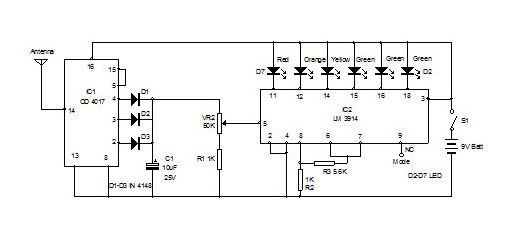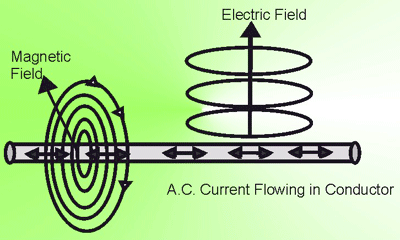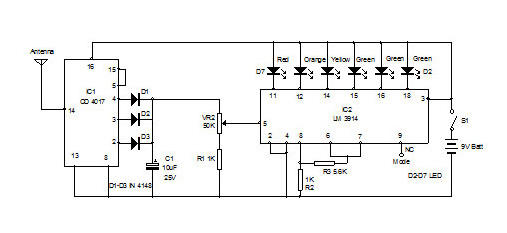Electrons are invisible to human eye then how can we see the electronic smog existing in our home. Is there any method to see them? Impossible, the only method is to capture the energy from it to activate a circuit for giving a visual indication. When you sit in front of a computer or television, you are being bombarded by harmful waves quietly emanating from it. Even if you turn off the device, your biomagnetic field is still bombarded 24 hours a day, 7 days a week by the EM radiations from power cables, electric and electronic instruments etc. These radiations of different frequencies exist in our environment as ‘Electronic Smog’. Extremely low frequencies waves (ELF) exist wherever electricity flows and radiate it from every electrical item in your environment. Let us try this circuit to give a visual indication of the electronic smog.


Fig. 2: Image showing Electrosmog Meter Circuit

Circuit Diagrams
Filed Under: Circuit Design



Questions related to this article?
👉Ask and discuss on EDAboard.com and Electro-Tech-Online.com forums.
Tell Us What You Think!!
You must be logged in to post a comment.